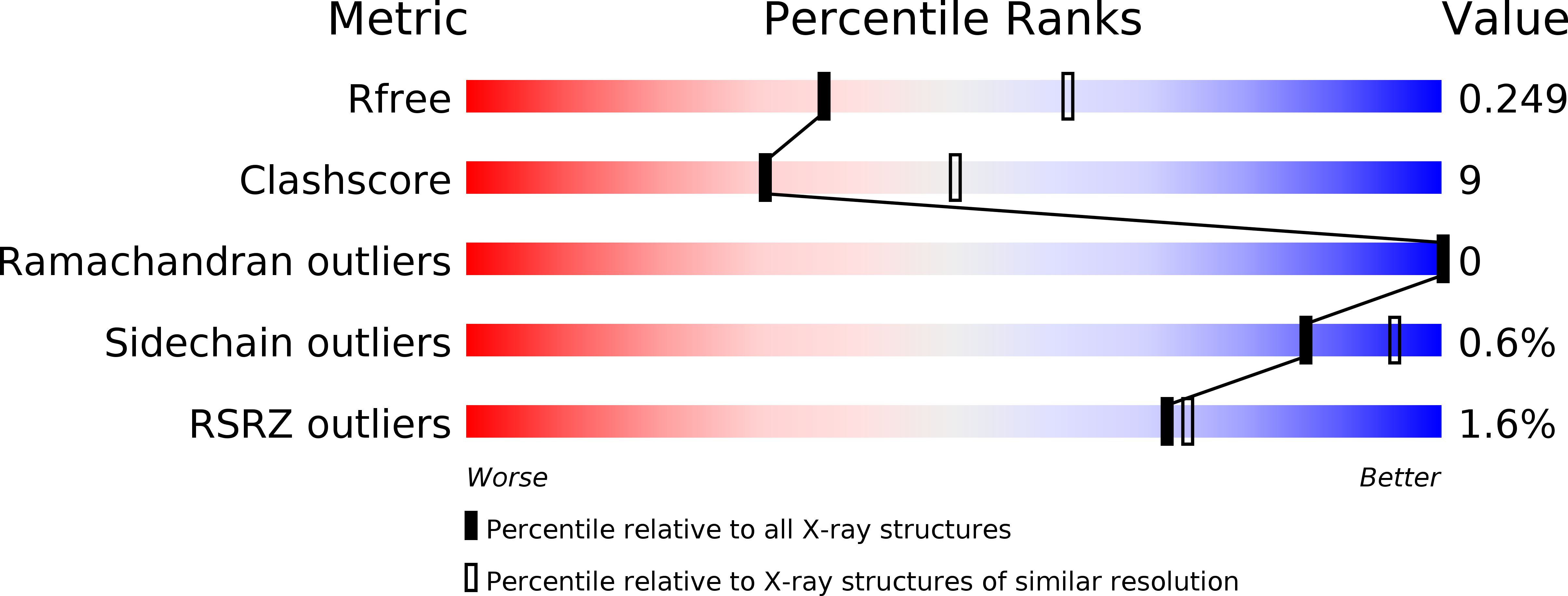
Deposition Date
2011-08-31
Release Date
2011-11-09
Last Version Date
2024-10-16
Method Details:
Experimental Method:
Resolution:
2.50 Å
R-Value Free:
0.24
R-Value Work:
0.19
R-Value Observed:
0.19
Space Group:
C 2 2 21


